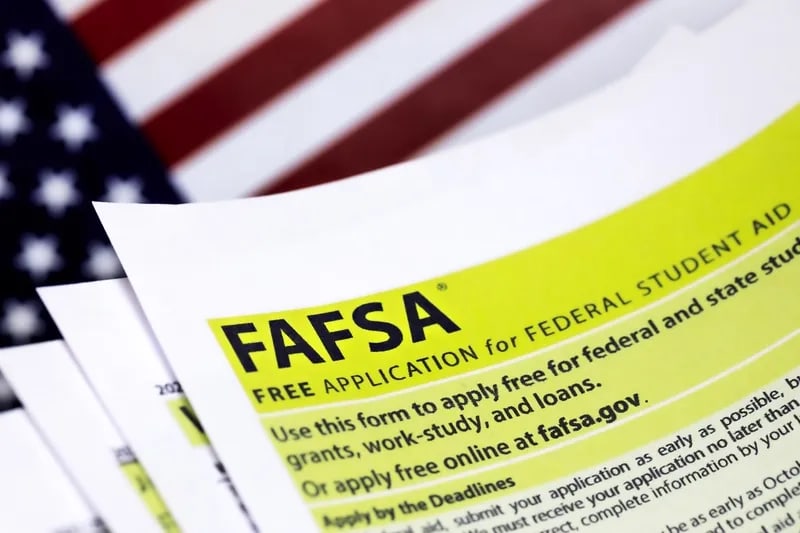For decades, FAFSA is a lengthy form, and can be a confusing one. Thanks to the FAFSA Simplification Act, a new, simplified FAFSA form is coming in December.
Along with the easier-to-complete form where students have to answer a smaller set of questions, there'll be changes in how financial aid is calculated.
As you prepare to fill out the FAFSA, one of the first things you need to do is to create an FSA ID — which acts as your signature, and most importantly, to retrieve records of income earned in an earlier tax year.
UPDATE: No more tax estimates. Beginning with the 2017–18 FAFSA, you will be required to report income information from two years prior.
Essentially, 2023—2024 school year, you will need financial information from 2021, rather than your 2022 income and tax info.
Once you’ve assembled all the necessary materials, filling out the FAFSA should be a fairly simple task.
Here’s a checklist of documents you’ll need to get you started. #
If you don’t have all the documents ready yet, it is perfectly okay to start your FAFSA, save it, and come back later to finish it.
Personal Documents #
- Your Social Security Number (SSN)
- Driver’s license number and state of issuance (if any)
- Alien Registration Number (if an eligible non-citizen)
- FSA ID to sign electronically. If you do not already have one, please create one.
Proof of Income #
- Taxable income from W-2 & 1099 forms (if available)
- Records of money earned or received from Federal Work-Study or other need-based work programs
- Untaxed income, including workers’ compensation; child support; housing, food and other living allowances; or veterans benefits, etc.
Tax Documents #
- Your Federal Income Tax Return (1040, 1040A, or 1040EZ) and your spouse’s, if you are married or
- The equivalent foreign tax return (if applicable).
You now have the option of automatically retrieving your income and tax data from the IRS and having it transferred straight into your FAFSA using the IRS Data Retrieval Tool.
For the 2024—2024 school year, anyone listing tax information on the FAFSA will be required to use the IRS Direct Data Exchange (DDX), which will be mandatory.
How do I link FAFSA to IRS? #
When you reach the financial information section of the FAFSA, click “Link to IRS” to automatically prefill the form with your tax information.
It’s the fastest, most accurate way to enter your tax return information into the FAFSA form and this will reduce the likelihood of having your FAFSA selected for verification.
After you submit your tax return, you can still correct any income or tax information that is different from what you initially submitted on your FAFSA.
Assets #
- Bank statements as of the date the FAFSA is completed
- Business and investment information; business and farm records; stocks, bonds, and other investment records (as applicable)
If you are a dependent student, you may also need records of your parents’ income information.
- The Social Security Number(s) of your parent(s)
- The income and financial records (as listed above) of your parent(s)
Be sure to keep all of the documentation that you gather to complete the FAFSA. You may need this later if your application is chosen for verification.
